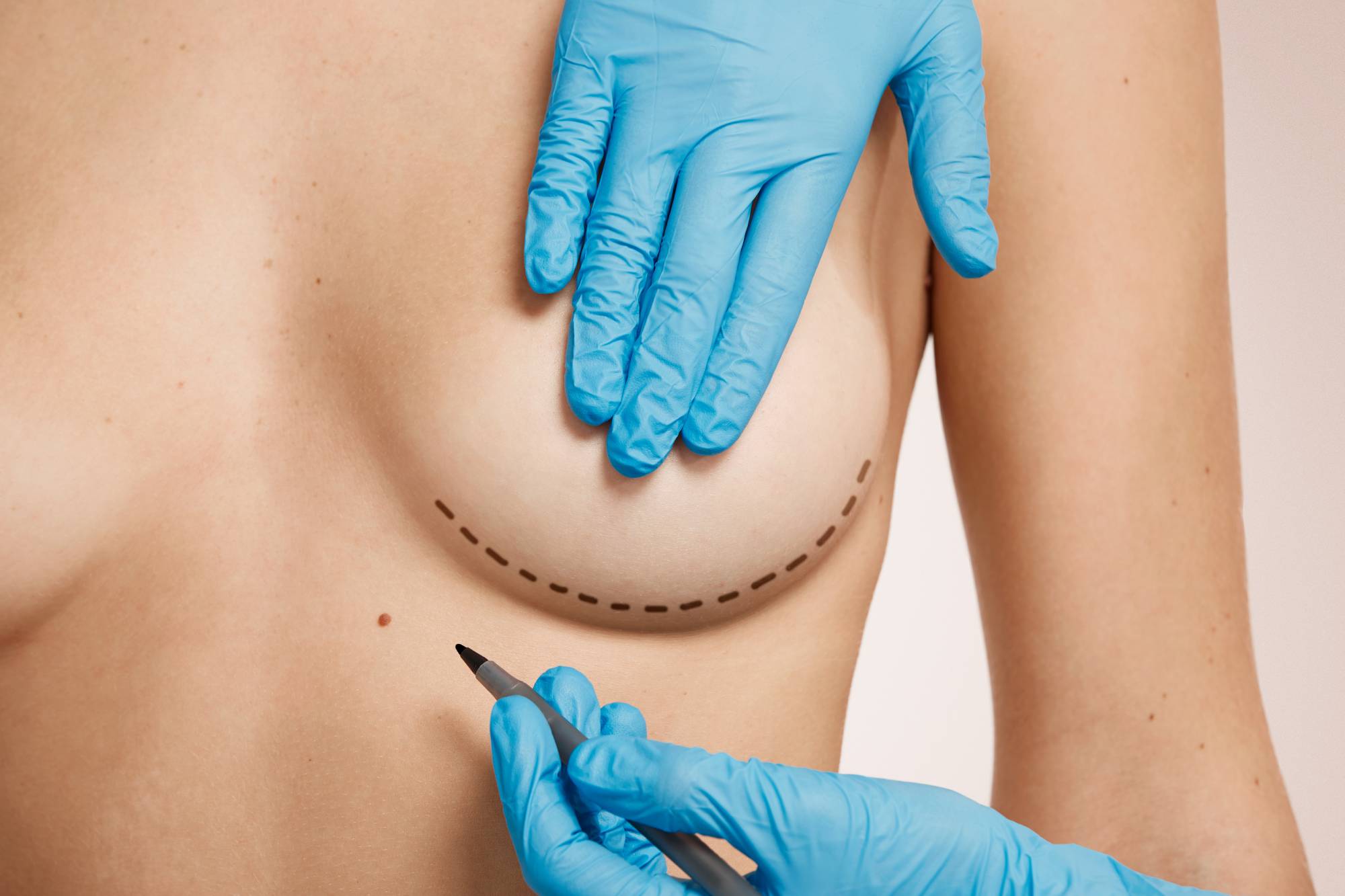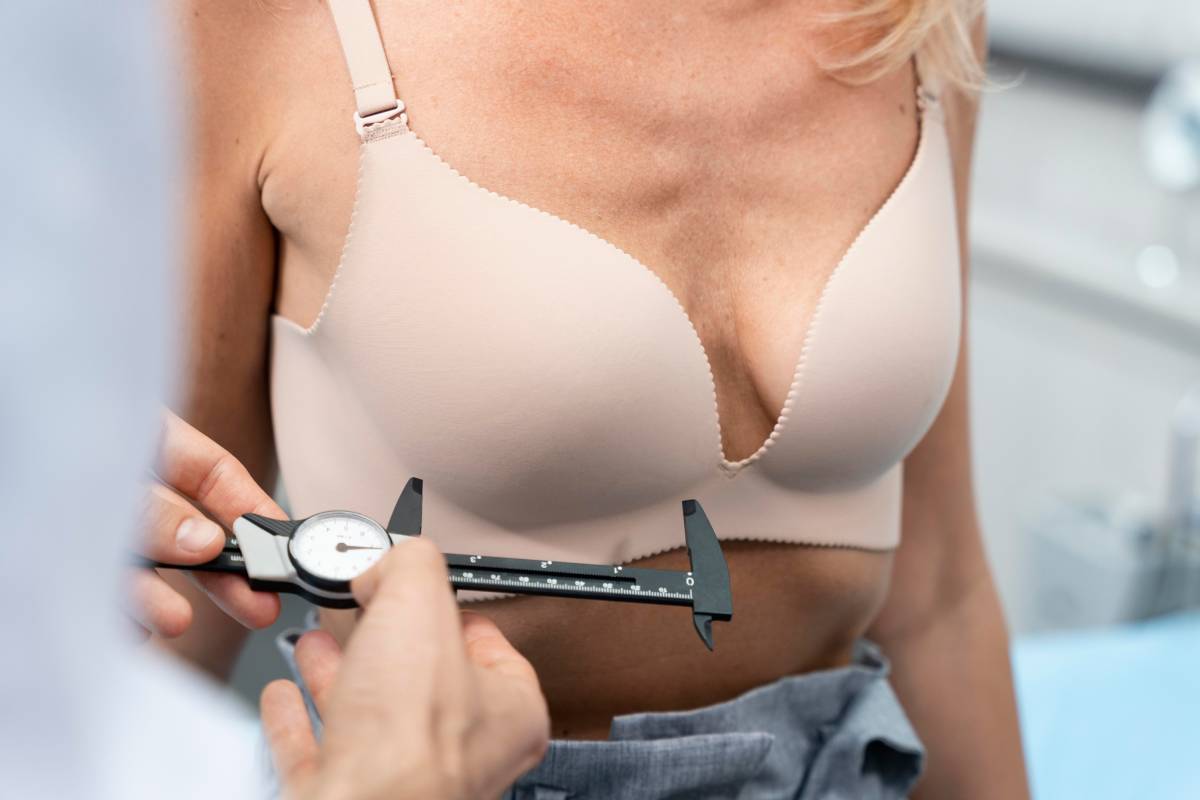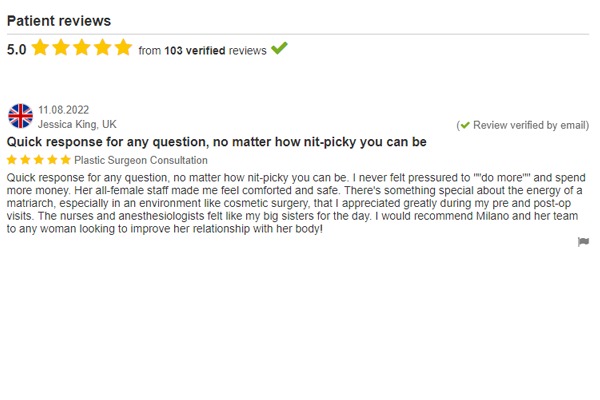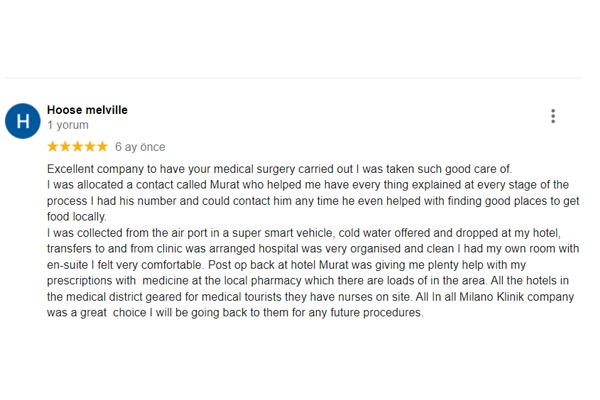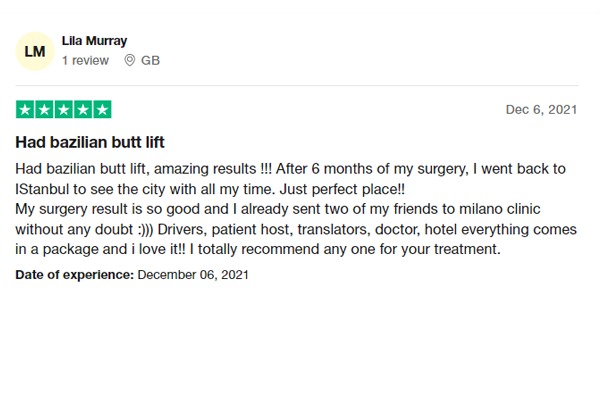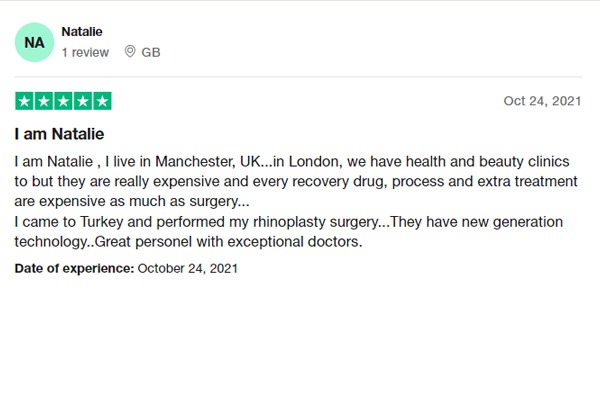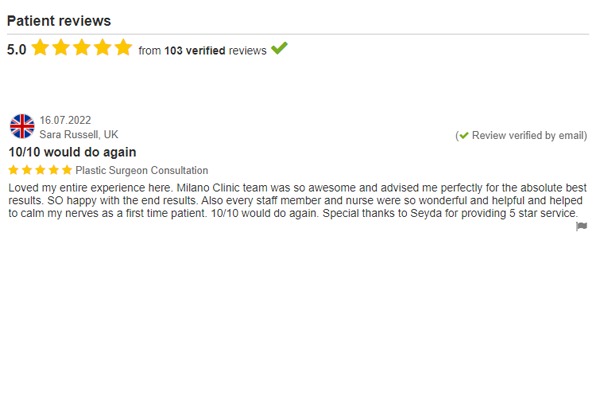BREAST REDUCTION IN TURKEY
Real Testimonials
MilanoKlinik Comments
BREAST REDUCTION IN TURKEY
Extremely large breasts can cause different problems along with bringing a disproportionate body shape. With breast reduction operation in Turkey, you can achieve ideal breasts. Experienced doctors will help you with the reduction of large breasts.
| Duration of Operation | 2 Hours |
| Operation Area | Breast |
| Anesthesia Type | General |
| Pain Treshold | 2 Days |
| Start Time | Post/Op 2 |
| First Shower | 2 Days Later |
| Recovery Time | 1-2 Months |
| Re-operation Status | 1 Year Later & It’s Up To Preferences |
| Gym-Cardio | 1 Month Later |
| Suture Mark | No Suture |
| Age Limit | Up From 18 |
| Suture Type | Meltable |
| Oedema Status | Less/Average |
| Hospitalize | 1 Night |
| Open/Close Technic | Close |
WHAT IS BREAST REDUCTION SURGERY?
Breast reduction surgery is a procedure that removes excess fat, tissue, and skin from the breasts.
This surgery should not only be considered as an aesthetic procedure. The functional results occurring with the surgery will increase the self-confidence of people. Also, people will feel comfortable in the social sense and thus they won’t have psychological problems.
COST OF BREAST REDUCTION
The price of breast reduction surgery varies based on different factors from the location to the doctor performing the surgery. The surgeon’s charge, facility charge, anesthesia charge, post-surgery fees, and implant cost are the key changes that go into the price. In addition, the cost will also vary according to the patients’ needs and wants. Contact us to learn more about the cost of breast reduction surgery in Turkey.
FREQUENTLY ASKED QUESTIONS ABOUT BREAST REDUCTION
- Trace marks
- Pain
- Change of the nipple sensitivity
- Chest diseases
- Additional surgical necessity.




